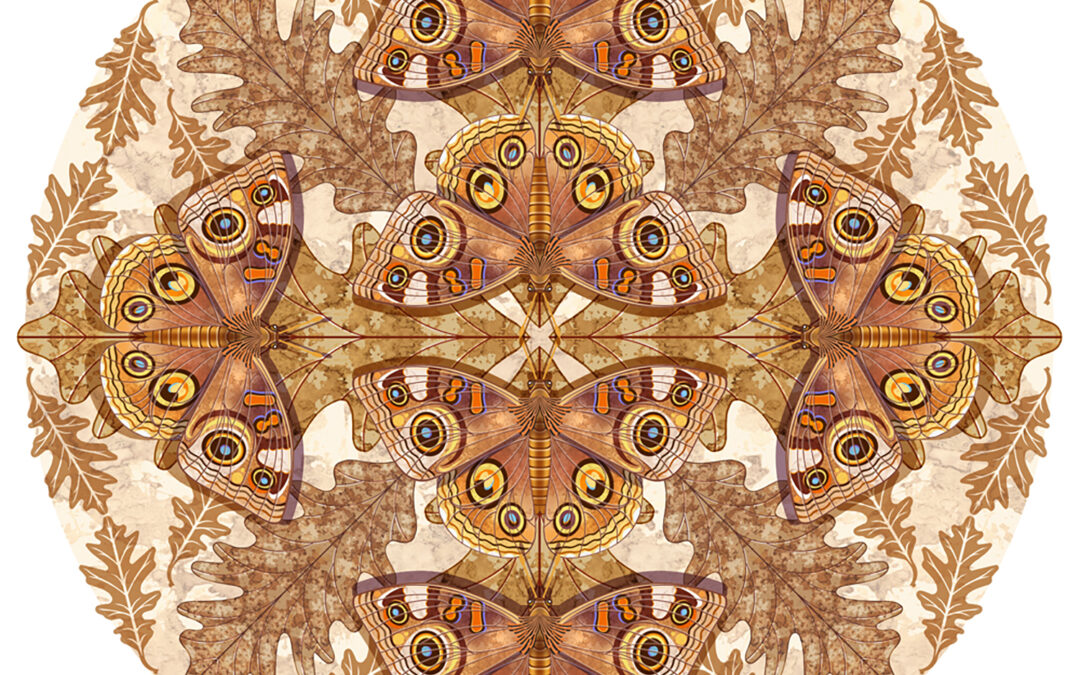When I was in graduate school for Medical and Scientific illustration at the University of Michigan many years ago, I was introduced to a coffee stain technique developed by my professor Gerald P Hodge. Using a clay coated board or coloraid paper as the substrate, you dribble and sprinkle wet used color grounds indiscriminately on the paper’s surface in a random way. You allow the surface to dry overnight or you can carefully speed the drying process with a hairdryer. The longer you wait for the grounds to dry, the more intense the stain will become. When dry, the grounds can be shaken or brushed off with a broad paint brush. This leaves a very organic splotchy surface with varying degrees of brown intensity. Using a tissue paper carefully wipe down the surface. Some artists have then applied a fine dust of sepia or terra cotta charcoal with a large brush and push the dust into the surface and smooth the surface again with a tissue. This provides a brown toned surface throughout the surface area. This process can be repeated multiple times. You can sketch and paint on the surface utilizing this random organic pattern for butterfly wings, turtle shells, tree bark and interesting backgrounds for all sorts of plants and animals. Taking this traditional method into the digital realm, I scan in various stain patterns and colorize them for my creative use for multiple butterflies, beetles, leaves, and even fish for texture in my art assets that will soon become major “players” in my nature mandala story telling. I hope this will spark some ideas for great textures for use in your next nature project. I hope you like what you see and feel free to contact me for further information on Coffee Stain! There are at least 24 examples of images in my shop that I have created using the coffee stain technique. Search “coffee” as a keyword to find them. You can find prints of this image in my shop

